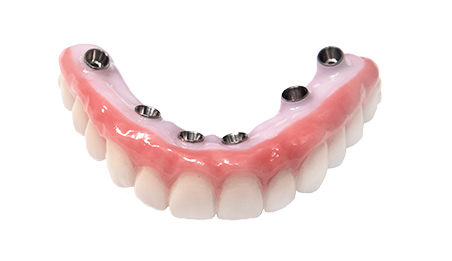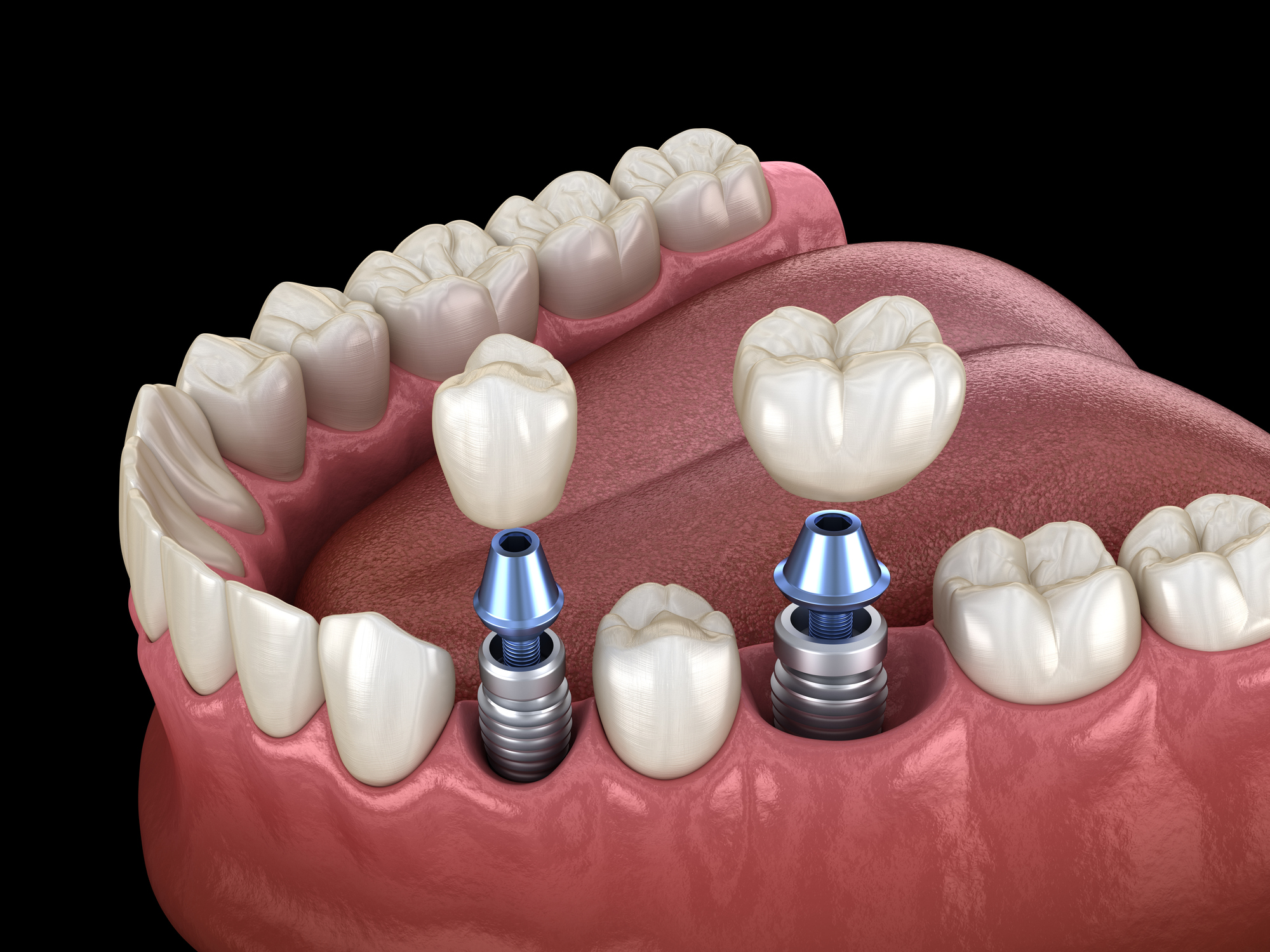About Dental Sense
About Dental Sense
Blog Article
Not known Details About Dental Sense
Table of ContentsThe Dental Sense Ideas5 Easy Facts About Dental Sense DescribedLittle Known Facts About Dental Sense.Dental Sense for Beginners
are medical gadgets operatively implanted right into the jaw to restore a person's ability to chew or their appearance. They offer support for artificial (fake) teeth, such as crowns, bridges, or dentures. When a tooth is shed because of injury or condition, an individual can experience complications such as fast bone loss, malfunctioning speech, or changes to eating patterns that cause discomfort.Dental dental implant systems include an oral implant body and dental implant joint and might likewise consist of an abutment fixation screw. Root canal procedure. The dental implant body is surgically put in the jawbone instead of the tooth's root. The oral implant abutment is generally affixed to the dental implant body by the joint fixation screw and prolongs through gum tissues right into the mouth to sustain the connected artificial teeth
(https://www.kickstarter.com/profile/dentalsense1/about)Structure of The Dental Implant System selecting oral implants, talk to your dental company regarding the potential benefits and risks, and whether you are a candidate for the procedure. Points to think about: Your general wellness is an essential consider figuring out whether you are an excellent prospect for dental implants, how much time it will take to heal, and exactly how long the dental implant might remain in area.
Smoking might affect the recovery procedure and reduce the long-lasting success of the implant. The recovery procedure for the dental implant body might take a number of months or longer, during which time you normally have a short-term joint in area of the tooth. the oral implant procedure: Very carefully adhere to the oral hygiene instructions provided to you by your dental service provider.
The Main Principles Of Dental Sense
Implant failing can lead to the need for an additional procedure to deal with or replace the implant system. Brings back the capacity to chew Recovers aesthetic appearance Assists maintain the jawbone from reducing as a result of bone loss Preserves the health and wellness of the bordering bone and gum tissues Assists maintain surrounding (neighboring) teeth secure Improves lifestyle Damages to surrounding all-natural teeth during dental implant placement Injury to the surrounding cells throughout surgery, such as sinus opening Injury during surgery (for instance, crack of bordering jawbone) Inadequate function, such as really feeling like the teeth do not bite together typically An experience that the tooth hangs or twisting in location resulting from a joint screw loosening Implant body failing (looseness of the implant body) due to systemic infection, which may be most likely in clients with unrestrained diabetes because of neighborhood infection in bone and gums supporting the implant body because of postponed recovery, which may be more probable in individuals that smoke Difficulty cleansing the gum tissues around the dental implant, causing inadequate dental health Untreated periodontal illness Post-surgical numbness because of nerve impingement or damages Constantly alert healthcare service providers and imaging service technicians that you have oral implants before any type of magnetic resonance imaging (MRI) or x-ray procedures.
FDA is not aware of any type of unfavorable occasions reported for MRI or x-ray procedures with dental implants. Oral implants systems are commonly made of materials that follow worldwide agreement criteria of the International Company for Standardization (ISO) or ASTM International. These criteria have details of what makes a secure material.

An oral implant is a structure that changes a missing out on tooth. With screw-like tools, the specialist inserts a dental implant into the jawbone, and it acts as a support for a synthetic tooth, called a crown. A tool called a joint attaches the artificial tooth to the dental implant. The crown is personalized to fit the person's mouth and match the shade of their teeth.
The Ultimate Guide To Dental Sense
Some people are not eligible for oral implant surgical procedure. It is for dental specialists to operate individuals with: intense Full Report illnessuncontrollable metabolic diseasebone or soft tissue disease or infectionIf these problems are resolved, a person can have the surgery. In, dental specialists avoid operating people with: If people with any one of the above undertake dental implant surgical procedure, there is a higher danger of the dental implant falling short.

Oral dental implant surgical treatment is an individualized procedure. Provide you time to recover. Affix the message and last crown, bridge or denture.
Next, your doctor will carefully position the oral implant right into your jaw. Ultimately, your cosmetic surgeon will reposition your periodontals and shut the laceration with stitches. If your implant is near the front of your mouth, your dental practitioner will make a momentary tooth for you to put on until you heal. In this way, you won't have a gap in your smile while you recuperate.
Little Known Questions About Dental Sense.
Throughout the recovery phase, your jawbone should fuse to the oral implant. This procedure can take anywhere from three to nine months.
Once your dental implant heals, your dental practitioner can connect the joint (little connector blog post) and your final restoration (crown, bridge or denture). This typically takes concerning one hour to finish and may call for a second minor surgical procedure. You shouldn't really feel any pain throughout your dental implant treatment since your company will certainly utilize drug to numb your gum tissues.
Report this page